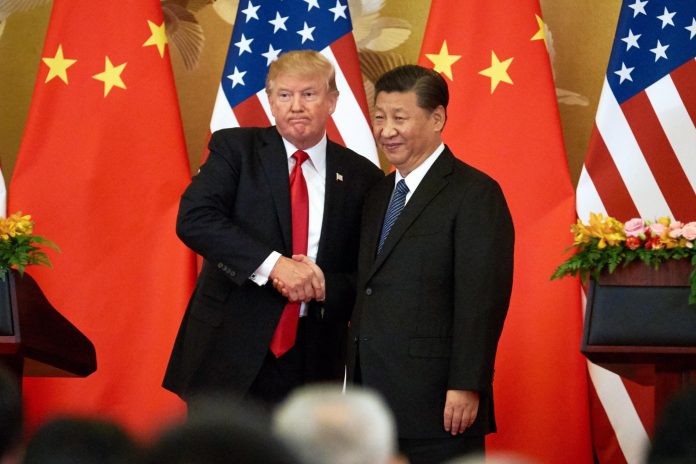After getting gouged on Friday, the market had a far more positive Monday trading session. All three indexes posted significant gains, as investors saw light at the end of the trade war tunnel.
President Trump announced that Chinese officials had contacted the U.S. seeking a trade negotiation “reboot”. In response, China’s foreign ministry department refuted Trump’s claims, saying that no such calls were made.
Sound familiar?
It should – it’s the exact same wishy-washy trade war rhetoric that’s rocked the market over the last year.
Trump says there’s an end in sight, right before China says there isn’t. The end result? More tariffs, more uncertainty, and more frustration for investors.
These days, “playing the market” involves waiting for the next headline to hit. You never quite know when the bombshell is coming, nor its effect. Things that usually drive the market – like corporate earnings and economic reports – hardly matter anymore.
Because a poorly timed tweet could stop equities dead in their tracks.
Or, like we experienced on Friday, another round of surprise tariffs from China could spoil the fun.
Let’s not forget that Trump asked American companies to stop doing business in China. To investors, he may as well have said that the trade war had no foreseeable end.
But now, after both sides had a chance to cool off over the weekend, progress is allegedly being made. Even if that’s true, and the Chinese are lying about refusing contact with U.S. trade officials, does it really matter?
Until we see real evidence supporting a trade war conclusion, buying unsubstantiated rumors may not be the best idea. We’ve seen this same scenario play out several times since hostilities began, only for talks to collapse amid further trade war escalations.
It’s something that analysts are finally taking note of.
“In the past, the U.S. allowed negotiations to continue for a few months before announcing additional measures,” wrote Aditya Bhave, economist at Bank of America Merrill Lynch.
“This time around, the U.S. upped the ante on the same day, suggesting that the relationship between the two sides has deteriorated.”
It’s a relationship that has plagued stocks with volatility since early August. Not because of the trade war’s economic impact, though, but because of the uncertainty that it brings.
“A half-percent headwind to economic growth here in the U.S. may not be the straw that breaks this expansion’s back by itself, but there are a handful of second-order effects from the trade war that are much harder to estimate,” wrote Jason Pride of Glenmede Trust Company on Monday.
And if there’s one thing investors hate, it’s getting mixed signals that are “hard to estimate”. Without a narrative to drive the market, stocks don’t quite know which way to go.
Mad Money’s Jim Cramer says that it could lead to even more selling down the road:
“Whether or not China wants to make a deal, from what I can tell, President Trump believes the longer he holds out, the better,” he said.
“Which means we haven’t seen the last of these brutal sell-offs, so get used to them, and next time remember there’s almost always a bounce after the worst of the carnage because he wants one.”
Cramer continued, adding that, “This is going to be a long slog. You need to be prepared for more pain, and you need to be able to buy that pain.”
As usual, when it comes to the overarching trade war discussion, Cramer is right on the money. Investors need to be mindful of the fact that this might not be how the trade war ends.
However, they need to be equally ready if the market starts to recover. Because if there’s anything we’ve learned since the trade war began, it’s that stocks tend to go on historic rallies after a big tariff related sell-off.
We haven’t had one yet for the current cycle, but mark my words:
It’s coming.
Followed by another potential drop should either side of the trade war up the ante.








